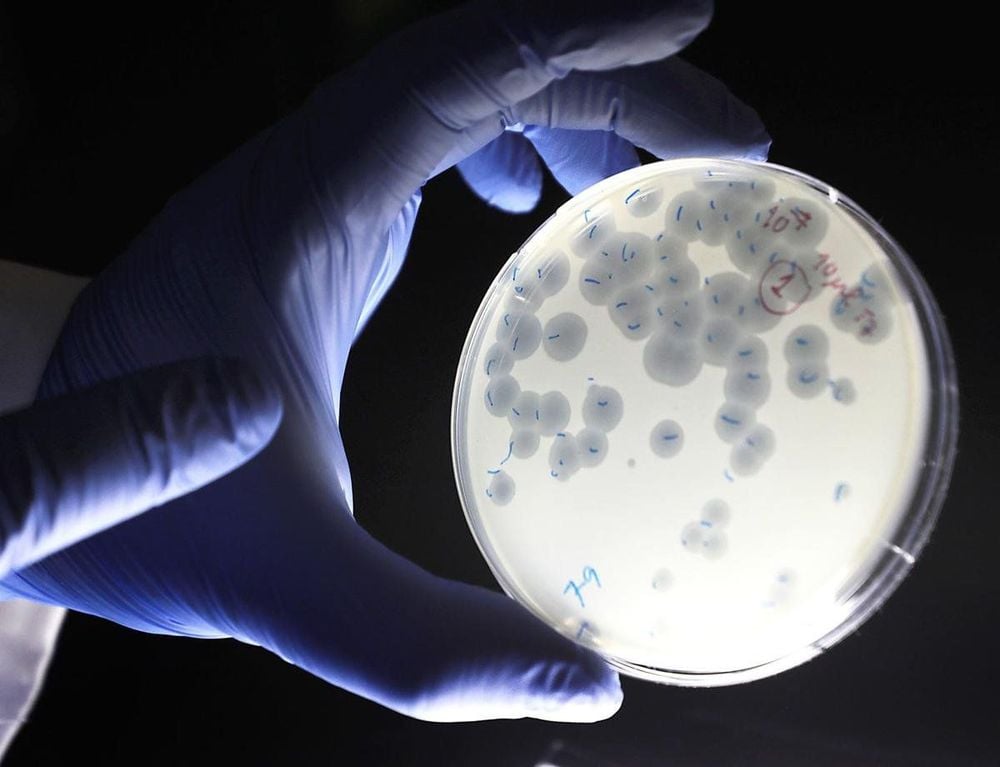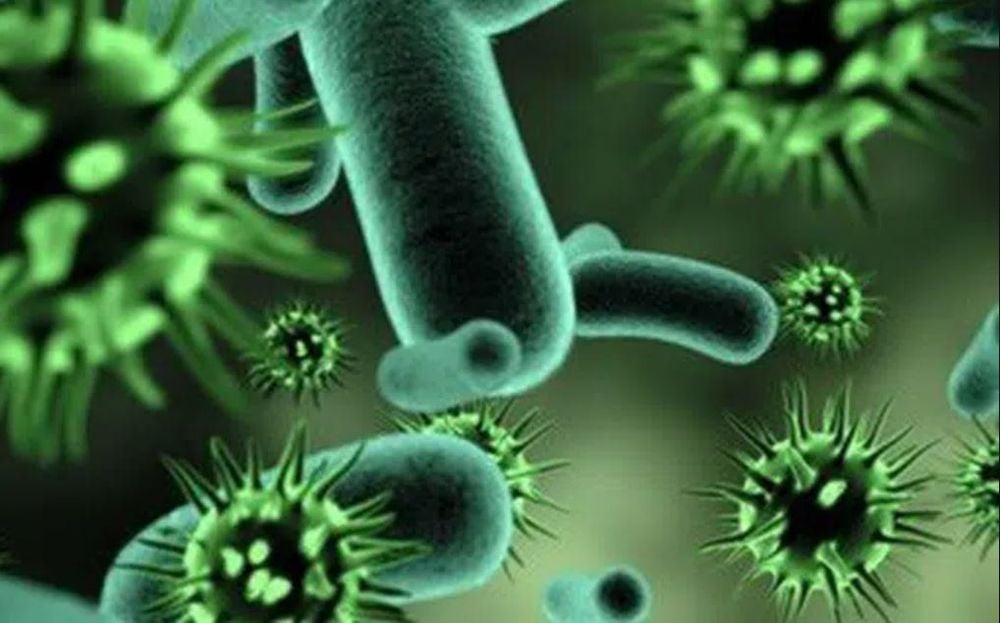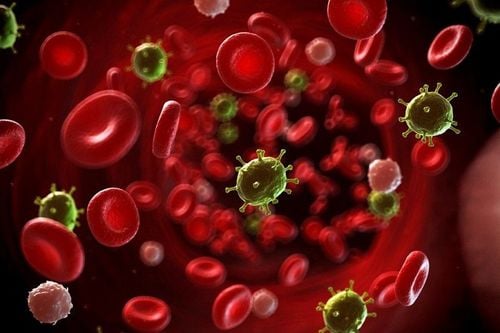This is an automatically translated article.
Bacteria can be infected by tiny viruses called phages. Viruses are not structured like a cell, but just a piece of DNA surrounded by a protein coat. When a bacterium is attacked by a virus, the phages can multiply very quickly until the bacterial envelope bursts and releases a lot of new phages, which continue to attack other bacteria.
1. Actual situation of the phenomenon of viruses infecting bacteria
Viruses are the most abundant parasites on Earth. Well-known viruses, such as influenza viruses, attack human hosts, while viruses such as tobacco mosaic virus infect plant hosts.
More common, but less well understood, are cases of viruses infecting bacteria, called phages. The reason for this lack of access is in part due to the difficulty of culturing bacteria and viruses that have been isolated from their usual biological environment in a process called in vitro.
Researchers from the California Institute of Technology, funded in part by the National Science Foundation, are the first to use a clever technique to look at interactions between viruses and bacteria in the body. living, i.e. in the normal state of an organism. The researchers reported these results in the July 1 issue of the journal Science.
In a test case, Rob Phillips and his colleagues looked at the interaction between viruses and bacteria. Using new microfluidic technology, the team was able to isolate single bacterial cells from their populations. Then, compartments containing bacterial DNA, viral DNA or both will be identified in turn.
In another case, researchers were able to statistically infer whether a virus specifically binds to a host. For example, by binding to the host, firing its DNA fragment into the host, or incorporating into the host as a prophage (when the viral genome is inserted and integrated into the bacterial DNA) based on the plasmid ring. Through these snapshots, the research team documented the associations between viruses and bacteria.
Specifically, viruses that infect bacteria often have a correspondence between viruses and bacteria in a one-to-one ratio. In some cases, however, the host was associated with a viral gene that exhibited marked diversity, suggesting possibly a more ancient infection, a more susceptible host, or a cloned phage. lower originality. By analyzing bacteria and viruses based on their evolutionary development, scientists can infer that horizontal gene transfer, although possible, does not occur at a rate high enough to randomize the links between the host and the virus.

Vi khuẩn có thể bị lây nhiễm bởi những virus nhỏ bé
2. Mechanism of viruses infecting bacteria
To infect bacteria, most phages use a specialized "tail" to pierce and penetrate the bacterial membrane, allowing the virus to introduce its genetic material into the bacterial intracellular environment.
It is the "tail" of the virus that determines the success of the virus's mechanism of infecting bacteria. Accordingly, the body of the "tail" is quite complex, consisting of a shrinking sheath surrounding a tube like a coil spring stretched at the nanoscale. When the virus attaches to the bacterial surface, the envelope contracts and pushes the tube through it. This is the bridge that helps the virus transfer the DNA set and infect the bacteria, ie forming a bacteriophage.
Bacteriophages or phages are widely distributed throughout the planet. They accompany bacteria everywhere, in soil, water, hot springs, algae, animal intestines, etc. and has a strong impact on the diversity of microbial populations, including the microbiota in the human gut. At the same time, phages are also indispensable tools in genetics and molecular biology, and are even being developed as an alternative to antibiotics. However, the mechanism by which these viruses attach to host cells and deliver their genetic material unambiguously and artificially reproduce is still poorly understood.
3. The role of the study of bacterial infections
Why is the study of bacteriophages in the gut so interesting? Why are scientists constantly investigating the capabilities of these simple yet complex organisms?
A great reason for studying viruses that infect bacteria is to learn a lot of basic biological principles through studying these phages. Many Nobel Prizes have been awarded to phage researchers for the same reason. Recently, the 2018 Nobel Prize in Chemistry was awarded to George Smith and Gregory Winter, who have practically used phages to rapidly grow and mutate to help produce new antibodies that are used to cure many diseases. , including cancers .
Another role of the study of viruses that infect bacteria is to provide control mechanisms or design the microbiome. With the underlying hypothesis that phages are one of the most important parts of the microbiome, scientists are constantly designing and conducting labs to test that idea. From there, the understanding of the ability to switch to phage from a healthy microbiome under the influence of drugs will have a key role in the preparation of antiviral drugs in the future.

Khi vi rút bám vào bề mặt vi khuẩn, vỏ bọc sẽ co lại và đẩy ống đi qua nó
A famous scientist named Sir Peter Medawar once described a virus as “a piece of bad news encapsulated in a protein”. In the future, however, phages or bacteriophages are being viewed as “an opportunity encapsulated in a protein”.
In short, viruses are microscopic infectious particles composed of a protein coat and a nucleic acid core, which can exist in many different forms and infect all living organisms, including bacteria . Insights into the process of viral infection with bacteria could facilitate future new treatment strategies for viral diseases in particular or breakthrough advances of great significance in the treatment of infectious diseases. with science and medicine in general.
Please dial HOTLINE for more information or register for an appointment HERE. Download MyVinmec app to make appointments faster and to manage your bookings easily.
References: sciencedaily.com - ncbi.nlm.nih.gov - nsf.gov












